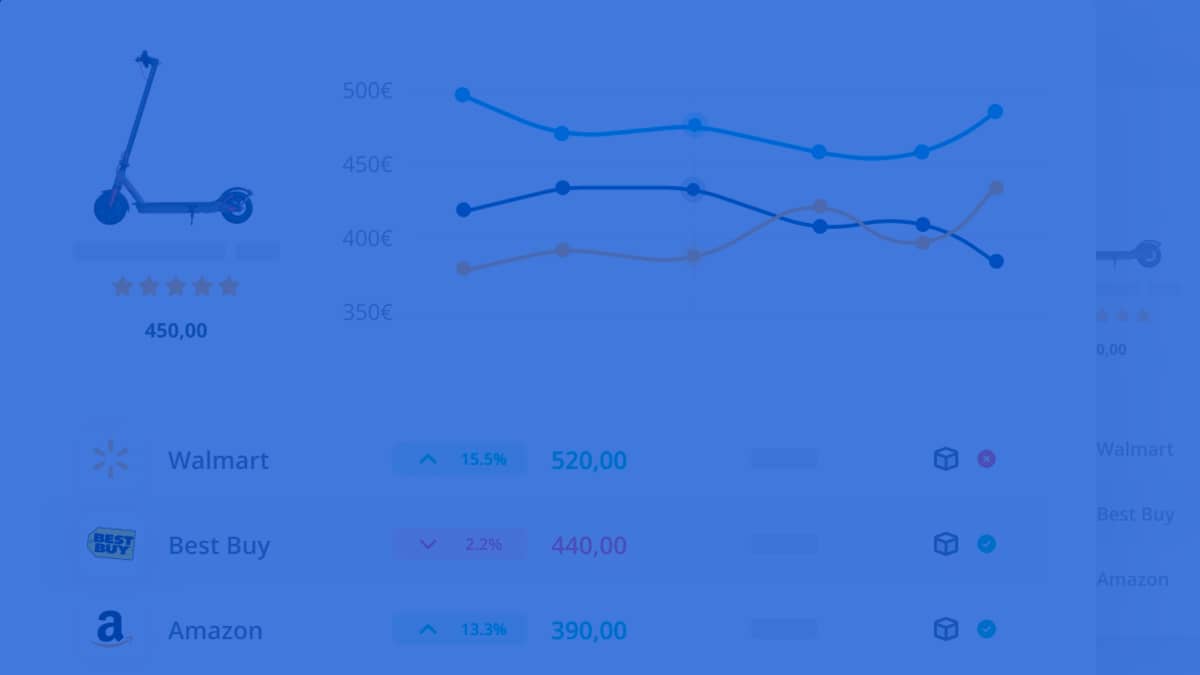
If you are ever asked to provide a competitive price intelligence report, it may take time to be clear about what should be in the information. You will need to check with your boss or client for the specifics. Still, these types of reports should generally show why certain products are priced higher than their competitors, who their key players are, and any other information that would help maximize sales.
Unfortunately, there is no single template that every competitive price intelligence report will follow because they are primarily dictated by what type of work you do and what industry you are in. You will need to learn how to write them in your unique industry, but there are a few key elements that you will want to include, so it is clear why products are priced the way they are.
Let us dive into the Competitive Price Intelligence Report below to find out what you should include in your competitive price intelligence report!
Critical Points of a Competitive Price Intelligence Report

As we have stated, there is no singular format that every competitive price intelligence report will follow because every company will have different needs. However, there are three key points you will want to include in your report that is going to be common across industries: the companies’ key players, their pricing strategies, and how all of this information can benefit the client. These points below correspond to our competitive price intelligence report template element.
Companies' Key Players
When writing your report, you'll want to show how a particular company's pricing strategy depends upon the key players. For example, a product from a manufacturer entirely focused on specialty markets may have higher prices than their main competitors in the same industry because they are being pushed by their larger competitor, who wants to become the leading player in that niche market. You can list the three major manufacturers and their top players in your industry and show how that company benefits from those competitors' presence through its pricing strategies.
Pricing Strategies
Since pricing is one of the most important things that you need to study when it comes to determining why a given product is more expensive than its competitors, you'll want to have a handout or PowerPoint presentation that includes a graph detailing all of the different pricing strategies that the various companies employ. It's important to note that only some companies will resort to all of these strategies, so now, let's take a look at how we can incorporate these strategies into our report.
How Pricing Strategies Affect Prices

When an industry is new or has been around for a while, average prices are usually relatively low because there's not much competition. However, as time passes, companies will realize that the space is worth a lot of money and start developing strategies to compete within that industry. Some examples of these pricing strategies are:
The "Skimming" Strategy
When a company knows its product will be so hot that the price won't matter, it may choose the skimming strategy. The product will initially be priced very high to attract many people. The goal here is for people to tell their friends how much they love the product and how much money they saved by getting their item for such a low price. It is how a skimming strategy helps people get their products at a low price.
The "Luring" Strategy
It's very similar to the skimming strategy, except that instead of luring customers into purchasing their product due to its low price, the product will be priced much higher than it needs to be to capture a more extensive customer base. The goal is for people to purchase their product and recommend it to as many people as possible. It is how a luring strategy helps companies take their business from competitors through word-of-mouth advertising.
The "Polarizing" Strategy
In the polarizing strategy, a company will price their products very high or low, depending on what they think they can get away with. In other words, the prices of these products will fluctuate all the time to make it known that these companies are willing to experiment with different pricing strategies. This is how a polarizing approach helps companies capture a larger market share through customer loyalty and word-of-mouth advertising.
The "Leading" Strategy
These companies employ a leading strategy when an industry has been around for a while, with already established competitors but no new people entering the space. They want to be the industry's first or most based company and hope to achieve market dominance through their leadership. They are known for having lower prices than their competitors.
The "Escalating" Strategy
This strategy is utilized by some, though. It means that a company will start with low prices, then gradually increase them every few years if sales are still going strong. The goal here is to keep customers buying more and more products so they can make more money in the long run. This is how an escalating approach helps companies maximize profits over time.
The "Pricing Power" Strategy
In this strategy, a company will initially work with middle or low-end products to make themselves look more diverse like they have many different products that other companies don’t. They will only start to raise their prices after they enter the higher-end markets. The goal here is to maintain a good relationship with their customers because they know how much money they are making from them.
Companies' Pricing Strategies: Benefits and Drawbacks

To look at pricing strategies in such detail, you must understand why some companies use these strategies and the benefits and drawbacks of it when selling through your report.
Benefits of Pricing Strategies
The main benefit of pricing strategies is that they make the company a lot of money. They are also very effective when trying to capture more significant shares in an existing market or enter new market spaces. These strategies can make a company as much as ten times more money than a different approach.
Drawbacks of Pricing Strategies
The main drawback of using these strategies is that the company will have to deal with many angry customers who think the company is being unethical by using unfair prices. Their competitors will also likely try to develop an alternative pricing strategy that will be cheaper and better than theirs, which could ruin their business model.
In this section of your report, you'll want to provide a table or infographic listing the company's different pricing strategies and the benefits and drawbacks that come with them. Consider comparing one of these strategies to another, such as luring vs. skimming.
Addressing the Market

If your report addresses a large variety of industries and specific points about them, address these questions with the targeted industry or point at the appropriate portion of your report.
If your report is narrow in scope, you may assume that your audience will know enough about the topic to understand what you're writing if they don't, consider including a brief introduction that states briefly why you are registering on the subject and where they can find additional information.
Addressing any common objections or questions arising from providing information on another company's pricing strategies is also essential. It is where you'll want to use an infographic or list of facts.
Conclusion
Here, you'll want to summarize the report and provide key takeaways. This ensures that your reader has a firm understanding of your topic and how it all comes together.
Your conclusion will likely be longer than the other sections, so it's essential to keep it organized. The best way to do this is by creating an outline of all the critical points or topics you need to cover in your conclusion before you begin writing.
Your conclusion should include a summary of what you wrote about in your report. You can include statistics, details, or even a few critical takeaways you have learned throughout your research.
The length of this section will depend on the amount and complexity of the information covered in the report. It should contain all relevant data and facts you have uncovered while conducting your research. The goal is to ensure your audience understands what you've written about, so contact them for their feedback before publishing it elsewhere.
Depending upon the scope and structure of your report, consider adding an appendix containing any tables or charts that might help enhance its overall appearance.








Leave a Reply
Your email address will not be published. Required fields are marked